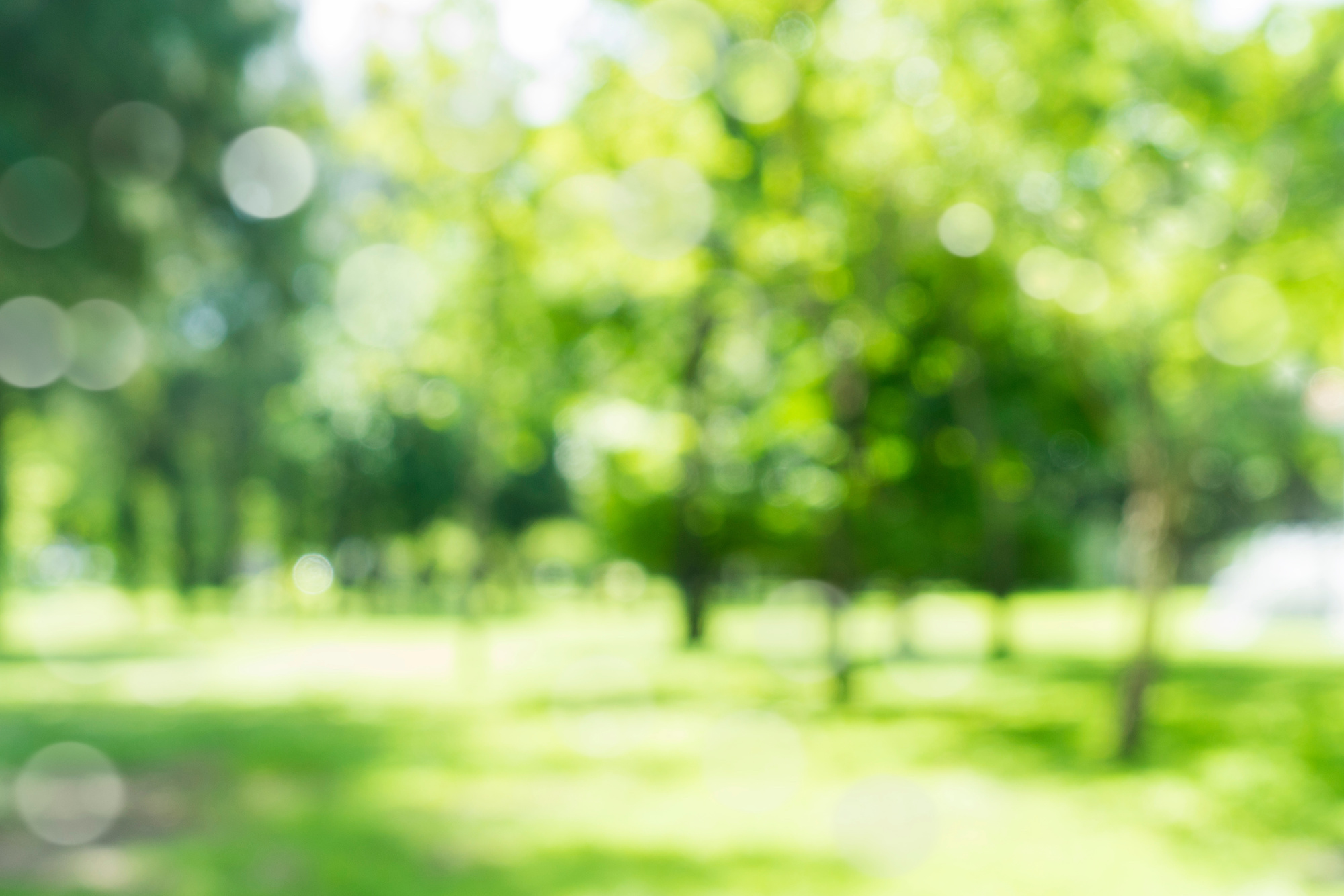How to Blur the Background in Photoshop
By Ivan
Published June 16, 2023
 How to Blur the Background in Photoshop
How to Blur the Background in Photoshop
In the world of digital artistry, Adobe Photoshop stands as a giant. Its vast array of tools and functionalities cater to both beginner hobbyists and professional designers alike. Today, we'll be zooming in on one of the most frequently utilized techniques in the Photoshop universe: blurring the background. Let's plunge into this comprehensive guide on how to blur the background in Photoshop.
An Introduction to Photoshop’s Blur Tools
Photoshop comes equipped with a variety of tools and filters to blur elements in your images. These tools offer diverse effects, from the subtle Gaussian Blur to the dramatic Field Blur. Understanding each tool's distinct features will empower you to choose the best one for your specific needs.
Gaussian Blur – This is the most commonly used blur tool due to its simplicity and control. It applies an even blur throughout the image or selection.
Lens Blur – This tool simulates the blur of a real-world camera lens. It's perfect for creating depth-of-field effects.
Field Blur – This creates a gradient-like blur, which can vary across different points in the image.
Motion Blur – As the name suggests, this tool replicates the effect of movement, either in a straight line or in a circular path.
Step-by-Step Guide: Blurring the Background in Photoshop
Let’s walk through the process of blurring an image background using the Gaussian Blur and Field Blur tools, the two most popular options.
1. Open Your Image
Launch Photoshop and open the image you want to work on by selecting File > Open and browse to your file.
2. Create a Duplicate Layer
Creating a duplicate of your original layer will protect it from any changes. This way, you can always revert to the original image if needed. To duplicate the layer, right-click on the Background layer in the Layers panel and select Duplicate Layer.
3. Select the Subject
The next step is to select the subject of your image, which will remain in focus while the background is blurred. Photoshop offers numerous selection tools, but for precise selection, the Quick Selection Tool or Object Selection Tool is recommended.
4. Refine Your Selection
After making the initial selection, you may need to refine the edges. Click on Select and Mask in the top menu to fine-tune your selection. Use the Refine Edge Brush Tool within this workspace to catch any missed areas, particularly around hair or fur.
5. Output to a New Layer with Layer Mask
In the Output Settings of the Select and Mask workspace, choose New Layer with Layer Mask and click OK. This will create a new layer with your selected subject, while the original duplicate layer serves as the background.
6. Apply the Blur
Now, click on the original duplicate layer to make it active. Then, head over to Filter > Blur. Here you can select the blur effect you wish to apply. For a basic, even blur, go with Gaussian Blur. To create a depth-of-field effect, select Field Blur. Adjust the blur to your liking using the radius slider in the pop-up window.
7. Fine-Tune Your Image
At this point, your background should be blurred. However, you might want to touch up areas of your image for a flawless finish. Click on the layer mask attached to your top layer (the subject of your image). Select the Brush Tool, set the foreground color to black, and paint over any areas where you want to reveal more blur. Switch the foreground color to white to mask the blur.
8. Save Your Image
Once you’re satisfied with the image, don’t forget to save your work. Choose File > Save As, and select your desired format and location.
Frequently Asked Questions
How do I control the intensity of the blur in Photoshop?
You can control the intensity of the blur using the radius slider that appears when you apply a blur effect. Higher values will result in a more intense blur.
Can I blur the background of a flat image (without layers) in Photoshop?
Yes, you can. However, it requires careful selection of the background before applying the blur, as Photoshop doesn't inherently distinguish between a subject and a background.
What if I make a mistake while blurring?
Photoshop allows you to revert changes by using the Ctrl+Z command for undo. For more significant changes, it's recommended to work on duplicate layers so you can always delete the edited layer and start afresh.
Can I apply multiple types of blurs to the same image?
Yes, Photoshop allows for great flexibility. You can apply different types of blurs to different layers or parts of an image.
What is the best way to select complex subjects?
For complex subjects, consider using the Pen Tool for precision, or the Select and Mask workspace for more advanced options.
From enhancing depth-of-field to simulating motion, knowing how to blur the background in Photoshop equips you with a powerful tool to elevate your images. As with any skill, practice is key—so get blurring, experiment with different tools, and watch your creations come to life with a professional touch!